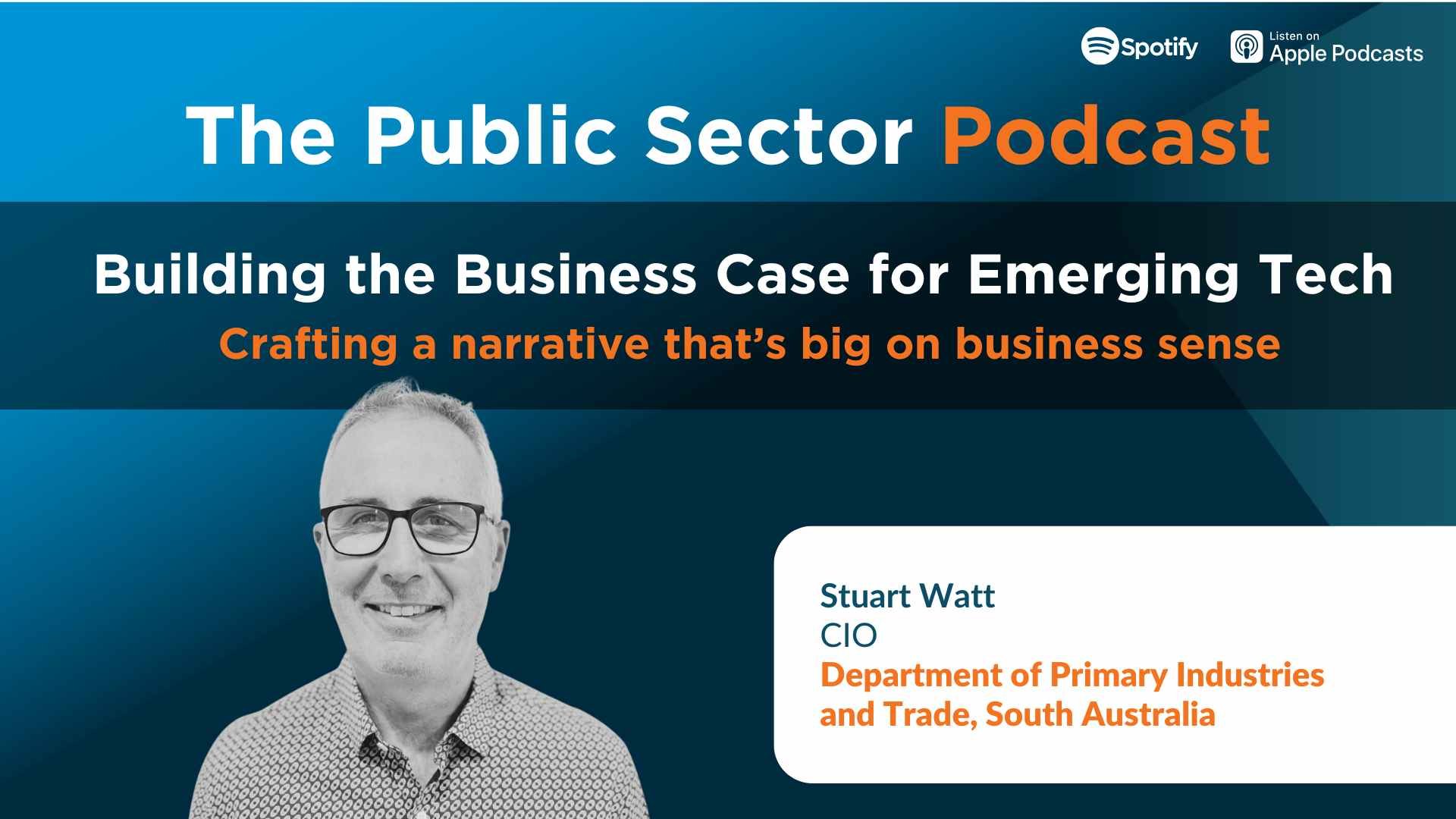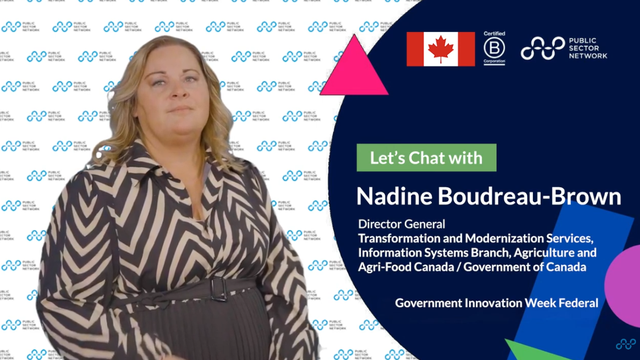

Show Notes
Stuart Watt, Chief Information Officer for Primary Industries and Regions South Australia (PIRSA), brings over 30 years of experience in technology and strategic implementation. With a dual role as a board member of Carers SA and a member of the Audit and Risk Committee for the South Australian government, he is deeply involved in balancing innovation with organisational governance. Currently, Stuart’s focus is on embedding microservices within PIRSA’s digital strategy, aiming to modernise the agency’s service architecture and facilitate a more adaptable, scalable IT infrastructure. This project, however, is more than a technical upgrade—it’s a strategic transformation aimed at meeting PIRSA’s digital goals while mitigating risks associated with outdated systems.
In practical terms, microservices allow PIRSA to create modular components that can be reused across various digital services. Stuart describes it through a relatable analogy: like using pre-packaged ingredients for a meal, microservices let the agency assemble digital tools quickly, without starting from scratch each time. By avoiding jargon and emphasising the functional benefits, Stuart was able to align his technology vision with the department's objectives and secure leadership buy-in.
Crafting a Compelling Narrative for Decision-Makers
For Stuart, creating a narrative that resonates with decision-makers was crucial to securing funding. He found that discussing microservices as a technical solution alone was ineffective. Stakeholders weren’t interested in how the technology worked but rather in what it could accomplish for PIRSA. Thus, Stuart aligned the business case with a critical departmental need for digital service delivery, showcasing how microservices could support this goal.
Craft a narrative that appeals to decision-makers with these 4 tactics
- Focus on Agency Objectives: Frame the business case around organisational goals rather than technical specifics.
- Connect to Stakeholder Needs: Illustrate how the technology addresses existing pain points or unlocks value.
- Use Relatable Analogies: Analogies like cooking or building are relatable and help clarify complex concepts.
- Highlight Risk Mitigation: Especially for public sector audiences, addressing risk provides a concrete rationale for investment.
Aligning the Business Case with Key Performance and Value Drivers
To secure support, Stuart tailored his business case to align with PIRSA’s key performance indicators (KPIs) and value drivers. This alignment made it clear that the investment in microservices wasn’t just an IT initiative but a strategic response to organisational needs. Stuart emphasized the role of microservices in improving service delivery, managing technical debt, and enabling future cost efficiencies through reusable components.
Align emerging technology projects to organisational priorities with these 3 tips:
- Benchmarking against Strategic Goals: Show how the technology supports overarching goals, such as digital transformation or improved service delivery.
- Prioritizing Tangible Outcomes: Identify KPIs that reflect the technology’s impact, such as increased digital engagement or reduced service times.
- Building Contingency for New Technologies: Emerging tech projects are inherently uncertain, so it’s essential to include risk assessments and contingencies that align with the organisation’s risk tolerance.
Collaborative Partnerships and Resources for Building a Strong Business Case
Building a successful business case often involves extensive collaboration, and Stuart emphasised learning from similar government organizations. Engaging with other agencies that have experience in microservices provided insights into potential obstacles and effective strategies. In addition to peer agencies, he also consulted with research organizations like Gartner, and state-level IT support hubs, which provided data on technology trends and implementation strategies.
Building a business case with these key resources:
- Networking with Similar Agencies: Learning from peer agencies can provide practical insights and evidence to strengthen the case.
- Engaging Research Organizations: Gartner and other analysts offer valuable data on technology benefits and risks.
- Utilizing Whole-of-Government Resources: Central IT departments or knowledge hubs can provide support for cross-agency projects and emerging technology.
And if he were to do it all again....
Reflecting on the project, Stuart noted the importance of establishing a clear narrative from the start. Initially, his team focused heavily on explaining the technical benefits of microservices, but he learned that non-technical stakeholders found this unengaging. If he were to repeat the process, he would begin with a strong narrative that tied microservices directly to PIRSA’s goals, illustrating the benefits in terms that aligned with the agency’s priorities and avoiding overuse of technical jargon.
Key Takeaways for Building a Business Case for Emerging Technology
For those seeking to build a business case for emerging technologies, Stuart’s experience offers the following insights:
- Prioritise Relevance Over Technology: Focus on how the technology will support strategic goals rather than the technology itself.
- Craft a Stakeholder-Centric Narrative: Use plain language and analogies to make the case relatable and emphasise tangible benefits.
- Align with Departmental Drivers: Show that the project will address key performance indicators and mitigate known risks.
- Build Proof of Concept and Staged Investments: A phased approach with PoCs and measurable goals helps manage risk and demonstrate incremental value.
- Benchmark and Track Benefits: Establish two or three specific metrics to measure success, providing evidence for future business cases.
Stuart's approach to building a business case for microservices underscores the value of aligning with organisational strategy, simplifying the message for non-technical audiences, and showing incremental wins. His process not only helped secure funding but also set PIRSA up for a scalable, reusable technology foundation that will support the agency’s digital transformation efforts for years to come.



































